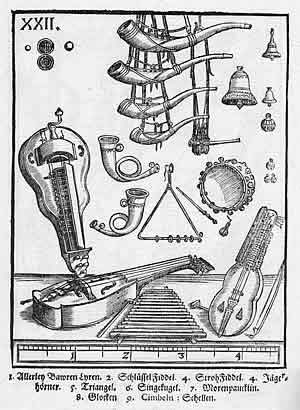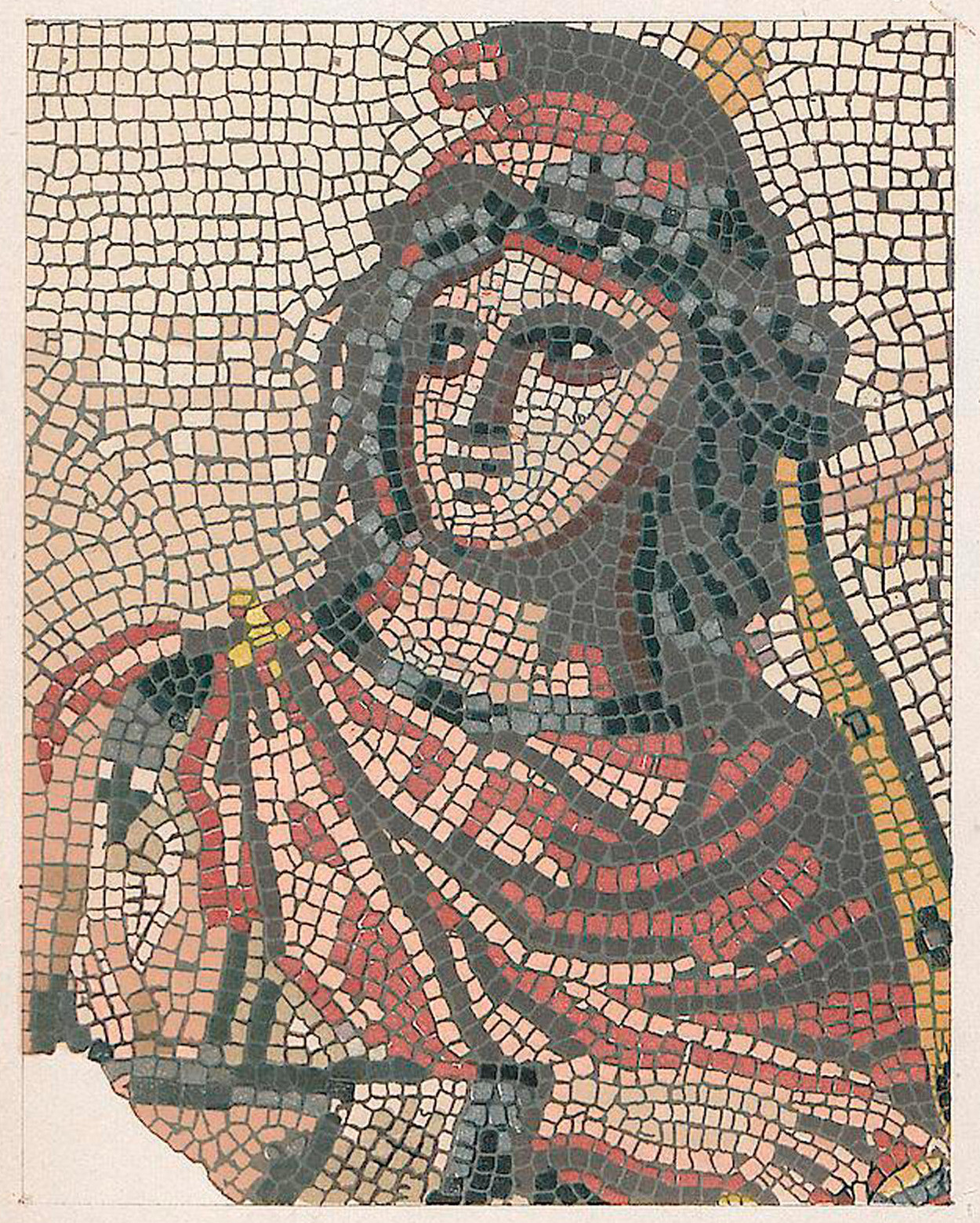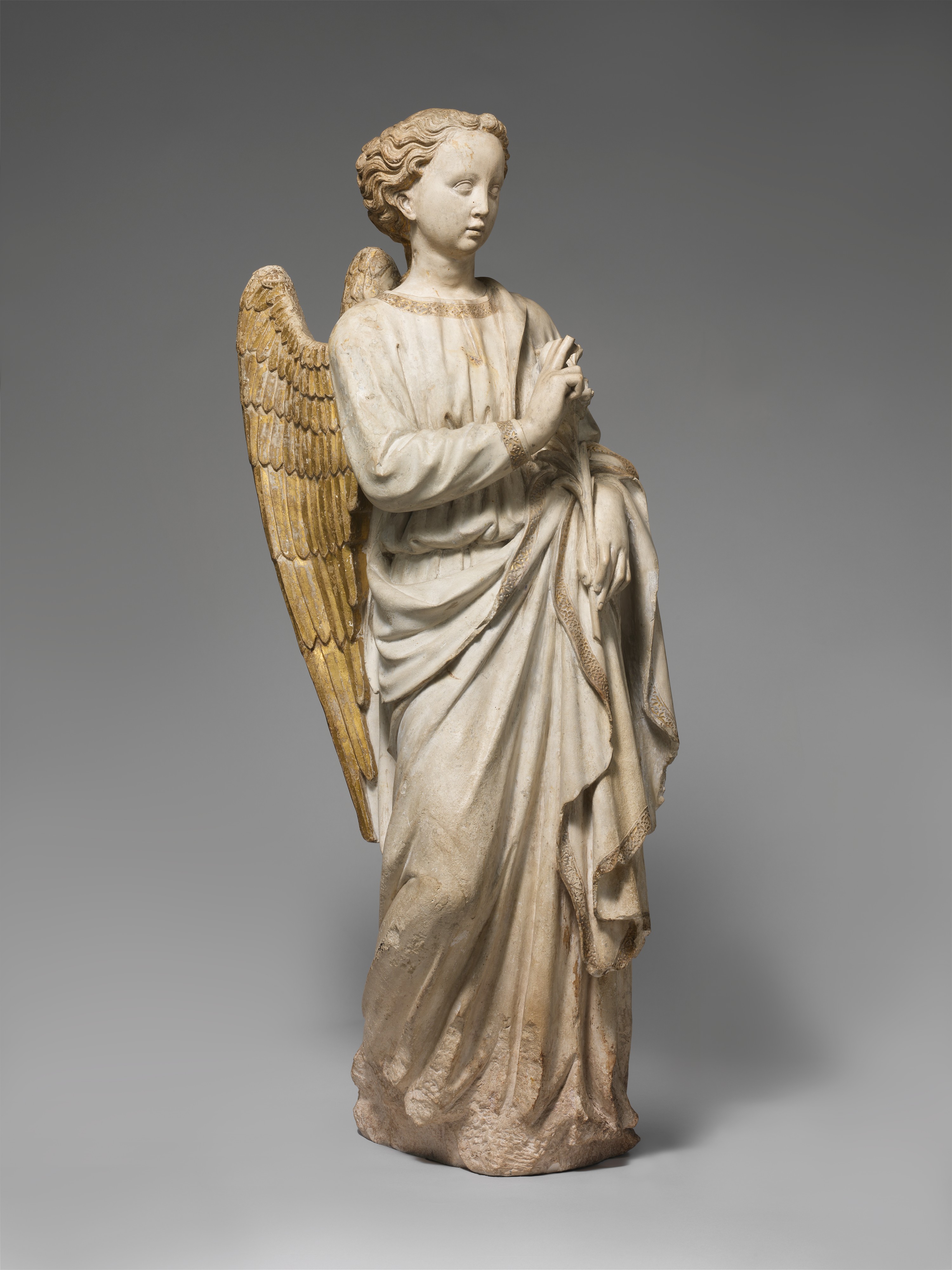|
Lira Da Braccio
The lira da braccio (or ''lira de braccio'' or ''lyra de bracio''Michael Praetorius. Syntagma Musicum Theatrum Instrumentorum seu Sciagraphia Wolfenbüttel 1620) was a European Bow (music), bowed string instrument of the Renaissance music, Renaissance. It was used by Italy, Italian poet-musicians in noble court, court in the 15th and 16th centuries to accompany their improvisation, improvised recitations of lyric poetry, lyric and narrative poetry.Howard Mayer Brown and Sterling Scott Jones. "Lira da braccio", ''Grove Dictionary of Music and Musicians, Grove Music Online'', ed. L. Macy (accessed November 11, 2006)grovemusic.com (subscription access) It is most closely related to the medieval fiddle, or vielle, and like the vielle had a leaf-shaped pegbox with frontal pegs. Fiddles with Drone (sound), drone strings are seen beginning in the 9th century (Byzantine lyra), and the instrument continued to develop through the 16th century. In many depictions of the instrument, it is being ... [...More Info...] [...Related Items...] OR: [Wikipedia] [Google] [Baidu] |
Michael Praetorius
Michael Praetorius (probably 28 September 1571 – 15 February 1621) was a German composer, organist, and Music theory, music theorist. He was one of the most versatile composers of his age, being particularly significant in the development of musical forms based on Protestant Reformation, Protestant hymns. Life Praetorius was born Michael Schultze, the youngest son of a Lutheran pastor, in Creuzburg, in present-day Thuringia. After attending school in Torgau and Zerbst, he studied divinity and philosophy at the University of Frankfurt (Oder). He was fluent in a number of languages. After receiving his musical education, from 1587 he served as organist at the Marienkirche in Frankfurt. From 1592/3 he served at the court in Wolfenbüttel, under the employ of Henry Julius, Duke of Brunswick-Lüneburg. He served in the duke's Staatsorchester Braunschweig, State Orchestra, first as organist and later (from 1604) as ''Kapellmeister'' (court music director). [...More Info...] [...Related Items...] OR: [Wikipedia] [Google] [Baidu] |
Grove Dictionary Of Music And Musicians
''The New Grove Dictionary of Music and Musicians'' is an encyclopedic dictionary of music and musicians. Along with the German-language '' Die Musik in Geschichte und Gegenwart'', it is one of the largest reference works on the history and theory of music. Earlier editions were published under the titles ''A Dictionary of Music and Musicians'', and ''Grove's Dictionary of Music and Musicians''; the work has gone through several editions since the 19th century and is widely used. In recent years it has been made available as an electronic resource called ''Grove Music Online'', which is now an important part of ''Oxford Music Online''. ''A Dictionary of Music and Musicians'' ''A Dictionary of Music and Musicians'' was first published in London by Macmillan and Co. in four volumes (1879, 1880, 1883, 1889) edited by George Grove with an Appendix edited by J. A. Fuller Maitland in the fourth volume. An Index edited by Mrs. E. Wodehouse was issued as a separate volume in 1890. ... [...More Info...] [...Related Items...] OR: [Wikipedia] [Google] [Baidu] |
Braccio
A variety of units of measurement were used in the various independent Italian states and Italian dependencies of foreign empires up to the unification of Italy in the 19th century. The units to measure length, volume, mass, etc., could differ widely between countries or between towns in a country (e.g. Rome and Ancona), but usually not between a country and its capital. The Kingdom of Sardinia included the island of Sardinia and the continental areas of Piedmont (with the capital Turin) and Liguria (with Genoa). The Kingdom of Naples included the island of Sicily (with Palermo). The Kingdom of Lombardy–Venetia was part of the Austrian Empire, which also shared ruling family with Modena, Parma and Tuscany (capital Florence). The Papal States included the areas of Latium (with the capital Rome), Umbria, Romagna (with Bologna) and the Marches (with Ancona). Milan adopted the metric system in 1803, during the Napoleonic wars, albeit reusing names of older units. After the Congres ... [...More Info...] [...Related Items...] OR: [Wikipedia] [Google] [Baidu] |
Viol
The viola da gamba (), or viol, or informally gamba, is a bowed and fretted string instrument that is played (i.e. "on the leg"). It is distinct from the later violin family, violin, or ; and it is any one of the earlier viol family of bow (music), bowed, fretted, and stringed instruments , stringed instruments with hollow wooden bodies and Tuning mechanisms for stringed instruments, pegboxes where the tension on the strings can be increased or decreased to adjust the pitch of each of the strings. Although treble, tenor and bass were most commonly used, viols came in different sizes, including (high treble, developed in 18th century), treble, alto, small tenor, tenor, bass and contrabass (called ). These members of the viol family are distinguished from later bowed string instruments, such as the violin family, by both appearance and orientation when played—as typically the neck is oriented upwards and the rounded bottom downwards to settle on the lap or between the knees. ... [...More Info...] [...Related Items...] OR: [Wikipedia] [Google] [Baidu] |
Fret
A fret is any of the thin strips of material, usually metal wire, inserted laterally at specific positions along the neck or fretboard of a stringed instrument. Frets usually extend across the full width of the neck. On some historical instruments and non-European instruments, frets are made of pieces of string tied around the neck. Frets divide the neck into fixed segments at intervals related to a musical framework. On instruments such as guitars, each fret represents one semitone in the standard western system, in which one octave is divided into twelve semitones. ''Fret'' is often used as a verb, meaning simply "to press down the string behind a fret". ''Fretting'' often refers to the frets and/or their system of placement. Explanation Pressing the string against the fret reduces the vibrating length of the string to that between the bridge and the next fret between the fretting finger and the bridge. This is damped if the string were stopped with the soft fingert ... [...More Info...] [...Related Items...] OR: [Wikipedia] [Google] [Baidu] |
Violin
The violin, sometimes referred to as a fiddle, is a wooden chordophone, and is the smallest, and thus highest-pitched instrument (soprano) in regular use in the violin family. Smaller violin-type instruments exist, including the violino piccolo and the pochette (musical instrument), pochette, but these are virtually unused. Most violins have a hollow wooden body, and commonly have four strings (music), strings (sometimes five-string violin, five), usually tuned in perfect fifths with notes G3, D4, A4, E5, and are most commonly played by drawing a bow (music), bow across the strings. The violin can also be played by plucking the strings with the fingers (pizzicato) and, in specialized cases, by striking the strings with the wooden side of the bow (col legno). Violins are important instruments in a wide variety of musical genres. They are most prominent in the Western classical music, Western classical tradition, both in ensembles (from chamber music to orchestras) and as solo ... [...More Info...] [...Related Items...] OR: [Wikipedia] [Google] [Baidu] |
Intermedi
The intermedio (also intromessa, introdutto, tramessa, tramezzo, intermezzo, intermedii), in the Italian Renaissance, was a theatrical performance or spectacle with music and often dance, which was performed between the acts of a play to celebrate special occasions in Italian courts. It was one of the important precursors to opera, and an influence on other forms like the English court masque. Weddings in ruling families and similar state occasions were the usual occasion for the most lavish intermedi, in cities such as Florence and Ferrara. Some of the best documentation of intermedi comes from weddings of the House of Medici, in particular the 1589 Medici wedding (between Christina of Lorraine and Ferdinando I de' Medici, Grand Duke of Tuscany), which featured what was undoubtedly both the most spectacular set of intermedi, and the best known, thanks to no fewer than 18 contemporary published festival books and sets of prints that were financed by the Grand Duke. Interm ... [...More Info...] [...Related Items...] OR: [Wikipedia] [Google] [Baidu] |
Apollo
Apollo is one of the Twelve Olympians, Olympian deities in Ancient Greek religion, ancient Greek and Ancient Roman religion, Roman religion and Greek mythology, Greek and Roman mythology. Apollo has been recognized as a god of archery, music and dance, truth and prophecy, healing and diseases, the Sun and light, poetry, and more. One of the most important and complex of the Greek gods, he is the son of Zeus and Leto, and the twin brother of Artemis, goddess of the hunt. He is considered to be the most beautiful god and is represented as the ideal of the ''kouros'' (ephebe, or a beardless, athletic youth). Apollo is known in Greek-influenced Etruscan mythology as ''Apulu''. As the patron deity of Delphi (''Apollo Pythios''), Apollo is an oracular god—the prophetic deity of the Pythia, Delphic Oracle and also the deity of ritual purification. His oracles were often consulted for guidance in various matters. He was in general seen as the god who affords help and wards off e ... [...More Info...] [...Related Items...] OR: [Wikipedia] [Google] [Baidu] |
Orpheus
In Greek mythology, Orpheus (; , classical pronunciation: ) was a Thracians, Thracian bard, legendary musician and prophet. He was also a renowned Ancient Greek poetry, poet and, according to legend, travelled with Jason and the Argonauts in search of the Golden Fleece, and descended into the Greek underworld, underworld to recover his lost wife, Eurydice. The major stories about him are centered on his ability to charm all living things and even stones with his music (the usual scene in Orpheus mosaics), his attempt to retrieve his wife Eurydice from the underworld, and his death at the hands of the maenads of Dionysus, who got tired of his mourning for his late wife Eurydice. As an archetype of the inspired singer, Orpheus is one of the most significant figures in the classical reception studies, reception of classical mythology in Western culture, portrayed or allusion, alluded to in countless forms of art and popular culture including poetry, film, opera, music, and painting ... [...More Info...] [...Related Items...] OR: [Wikipedia] [Google] [Baidu] |
Angel
An angel is a spiritual (without a physical body), heavenly, or supernatural being, usually humanoid with bird-like wings, often depicted as a messenger or intermediary between God (the transcendent) and humanity (the profane) in various traditions like the Abrahamic religions. Other roles include protectors and guides for humans, such as guardian angels and servants of God. In Western belief-systems the term is often used to distinguish benevolent from malevolent intermediary beings. Emphasizing the distance between God and mankind, revelation-based belief-systems require angels to bridge the gap between the earthly and the transcendent realm. Angels play a lesser role in monistic belief-systems, since the gap is non-existent. However, angelic beings might be conceived as aid to achieve a proper relationship with the divine. Abrahamic religions describe angelic hierarchies, which vary by religion and sect. Some angels have specific names (such as Gabriel or Mich ... [...More Info...] [...Related Items...] OR: [Wikipedia] [Google] [Baidu] |
Byzantine Lyra
The Byzantine lyra or lira () was a medieval bowed string musical instrument in the Byzantine (Eastern Roman) Empire. In its popular form, the lyra was a pear-shaped instrument with three to five strings, held upright and played by stopping the strings from the side with the fingertips and fingernails. The oldest known depiction of the instrument is on a Byzantine ivory casket, dated to circa 900–1100 AD, preserved in the Bargello in Florence (''Museo Nazionale, Florence, Coll. Carrand, No.26''). Modern variants of the lyra are still played throughout the Balkans and in areas surrounding the Black Sea (and most of the historical territories of the Byzantine Empire), including Greece, Crete ( Cretan lyra), Karpathos (Karpathian lyra), Albania, Montenegro, Serbia, Bulgaria (the '' gadulka''), North Macedonia, Croatia ( Dalmatian '' lijerica''), Italy (the Calabrian lira), Turkey (the '' politiki lyra'' and the Pontic lyra or ''kemençe'') and Armenia. History The most lik ... [...More Info...] [...Related Items...] OR: [Wikipedia] [Google] [Baidu] |







